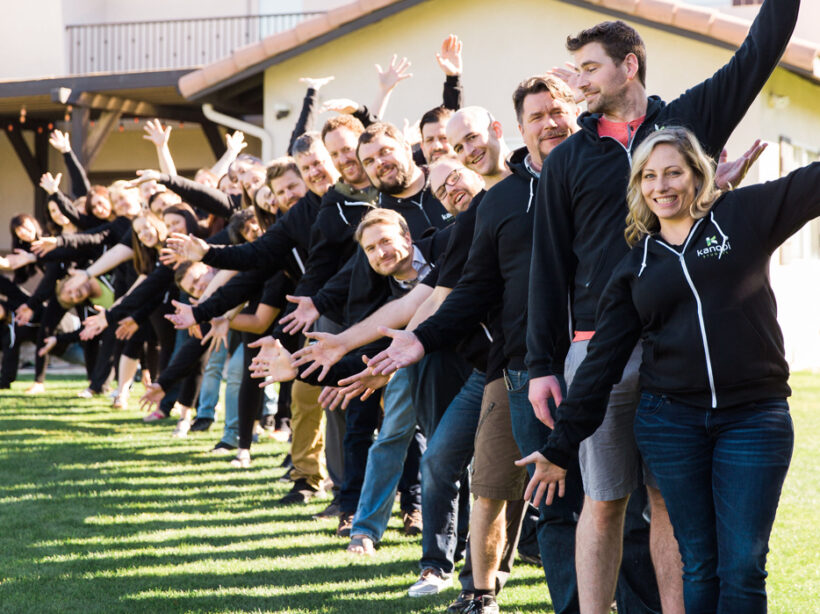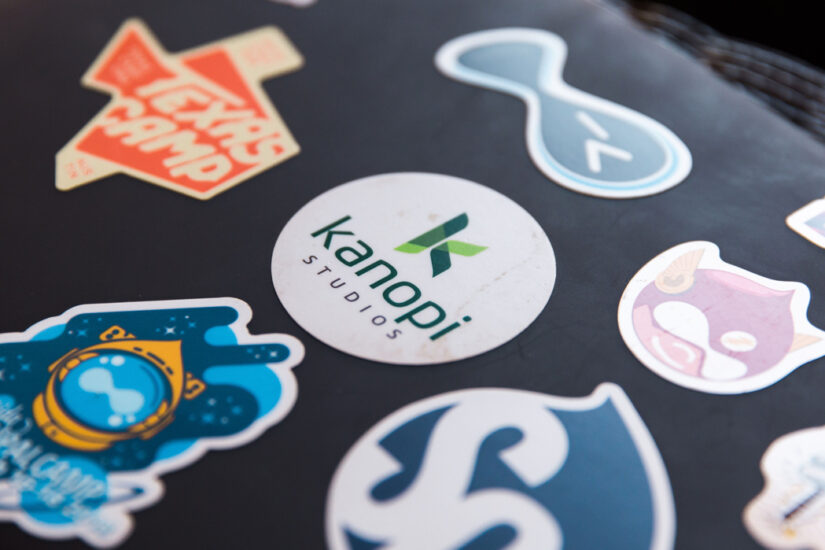Maybe you’ve seen this happen:
A large project is underway. An individual in a position of seniority is busy and unable to pay attention to the details you and your team are managing. At the last minute, this individual prioritizes your project and subsequently drops into the project (a swoop) and then recognizes all of the areas where the project’s outcome isn’t in alignment with what they had imagined. Both approaches — the imagined and the actual outcome — may be completely valid, but they’re still out of alignment with what this vital stakeholder was anticipating. That senior leader shares significant criticism and may even demand changes (poop) to the work. And then, POOF! They’re gone.
The “Swoop and Poop” — also known as Seagull Management — is based on this visual: a large, squawking seagull who is only tangentially interested or involved in your project flies in, makes a lot of noise, dumps on your work, and then flies back out, leaving a new mess for others to fix.
If it’s happened in your organization, you’ve surely recognized how disappointing, heartbreaking and de-motivating this is to your entire team. It can be difficult to remain focused on project parameters when you get distracted by the ‘should haves’.
In the end, businesses are groups of people working together, and it’s the human equation that becomes the source of the stress.
Working with Humans
When people ask me the best part about building websites, I say THE HUMANS!
When people ask me what is the hardest part about building websites, I say THE HUMANS!
This is why our team at Kanopi specializes in working with the humans affected by each project. We’re complicated creatures. We recognize that the stakeholders in your project extend far beyond any of us on a single call. As your project team, we recognize the intellectual and emotional impact of our work on:
- end-users
- content editors and managers
- the “On the Ground” team
- visionary stakeholders
and just about anyone else who touches your site.
It all comes down to building a web of connections. Regardless of the problem we are solving, or for whom we are solving it, we are forging connections between humans as we create impact in a digital space. Your website is the hub of those connections, where all aspects of the users’ omnichannel journey meet, and where your organization looks to translate and define vision and representation.
The Poop and Swoop; how do we avoid it?
At Kanopi, we empower humans to be in alignment. This means making sure those senior-level stakeholders are on the same page from the start of a project as well as during the lifetime of the relationship. By carving out time in their schedules at key checkpoints, we can ensure the vision remains in alignment.
Checkpoints may include:
- Introductory interview and documentation of needs/wants/ideas/fears
- Communicate findings of the research and the website recommendations
- Share all key deliverables during the process
- Regular meetings to provide executive-level summaries of project progress
- Weekly status update on the project with links and a call to action for feedback
Communicating with stakeholders at those checkpoints serves two purposes.
First, you are extending an opportunity for feedback, alignment, and most importantly, connection. Forging stronger bonds here can help establish common vocabularies and improve all-around organizational communication moving forward.
The second benefit is that you will have documentation that speaks to the project along the way. This means if you still have someone come back to you with an attempt to ‘poop’, you will be able to provide them with the feedback received and showcase how the project got to where it was with their involvement. Most key stakeholders want to stay on time and on budget on any project, so point to the documentation. Kindly note that there were multiple opportunities for feedback, and pivoting this late in the game can cause monetary and/or timeline consequences. You’ll be prepared to defend decisions when they are made based on research. It is easier than you think!
Justifying the Time
Chances are all members of your organization are busy. The game of ‘calendar Tetris’ is real, and can be very difficult. Stakeholders may be difficult to track down, especially when you’re tasked with pushing the project forward. Sometimes the biggest challenge on a project is getting the necessary stakeholders in the room.
Tactics we’ve found to be successful include:
- Communicating how the budget is better optimized by ensuring the team is in alignment.
- Speaking to their KPIs/needs and how their take on the website can help bridge the gap between where they are and where they want to go.
- Emphasize the team-building benefits that come from sharing the vision at these checkpoints.
Embracing What Makes Us Humans
Working together through establishing communication rhythms and vocabularies can improve productivity, optimize budgets, increase morale and overall enhance your website project. In short, it makes it all a bit easier. We can work with you to ask the right questions that get to the heart of “Why” and steer clear of the swoop and poop.









